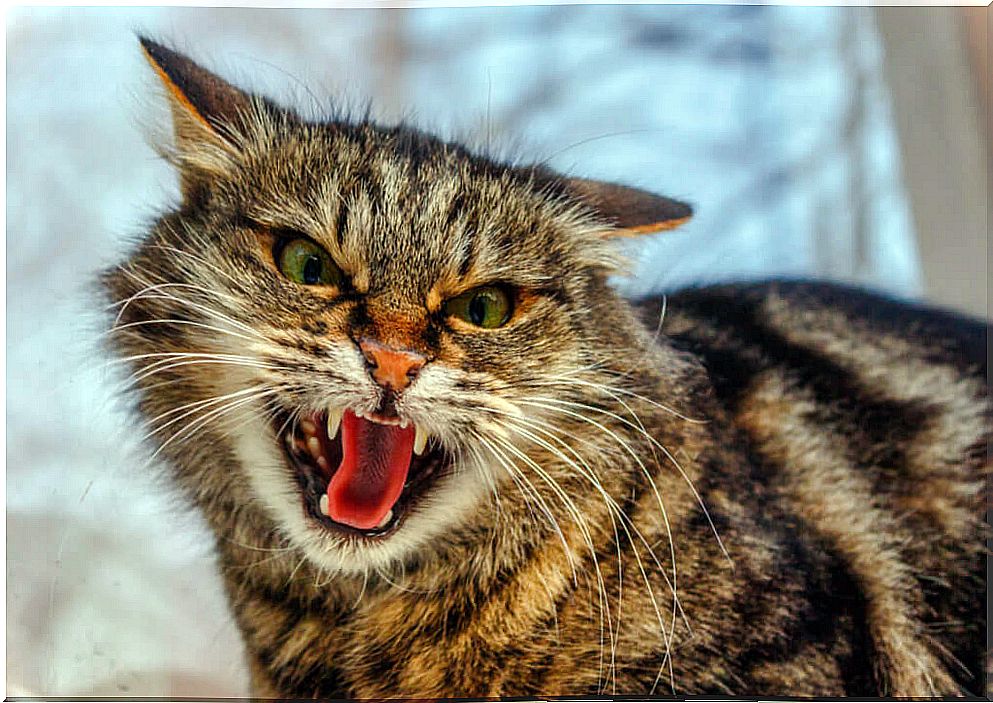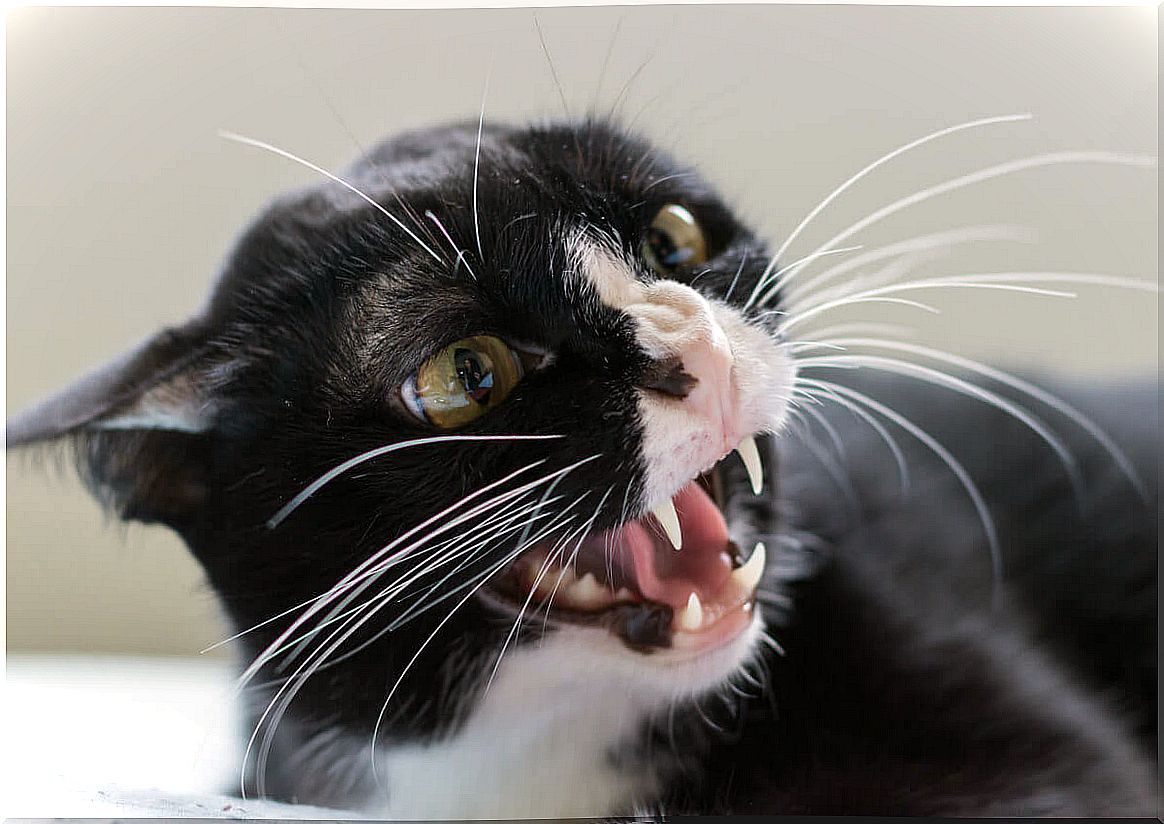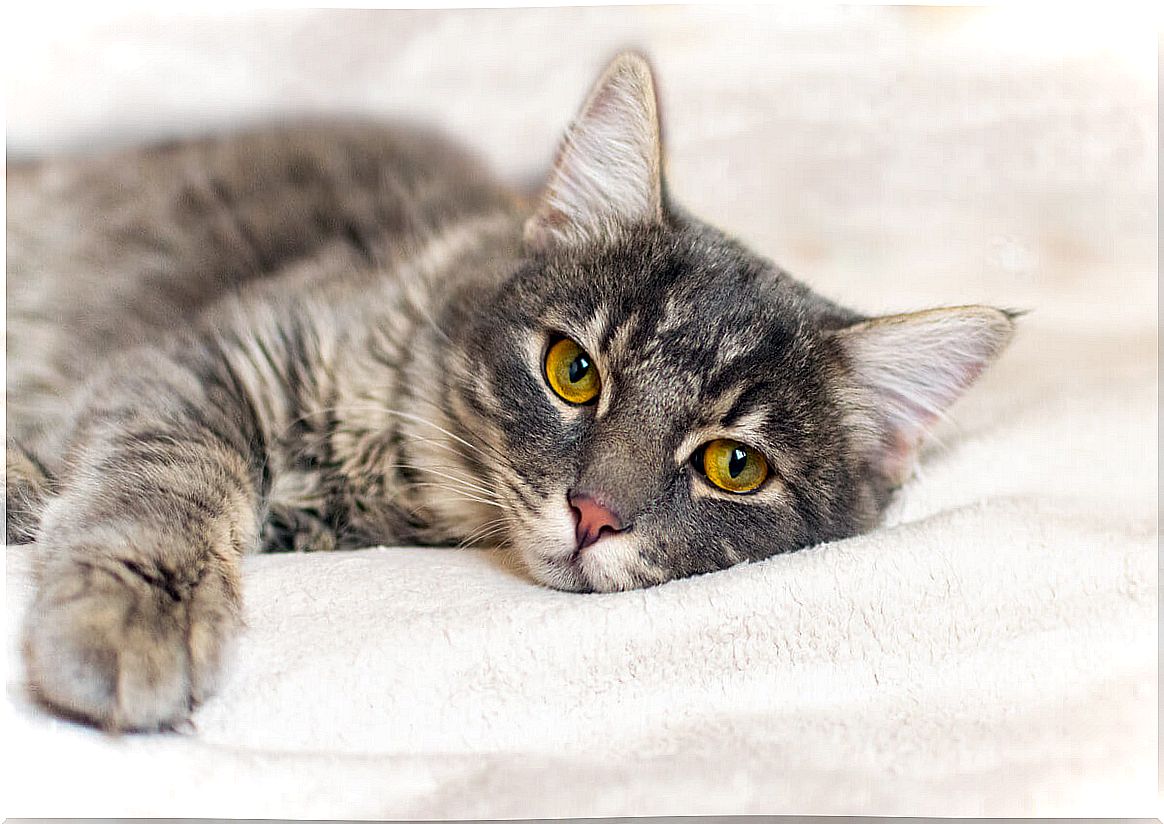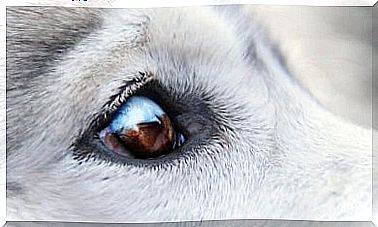The 4 Most Common Behavioral Disorders In Cats

Sharing space and routine with another animal species is a profound and enormously enriching experience for human beings. However, when we talk about felines, getting a good relationship is essential so that the so-called behavioral disorders in cats do not appear.
If you want to know a brief overview of the personality of cats and know what behavioral disorders can be caused by their characteristics, you will find very useful information here.
cats are like that
Ignore the title of this section. Cats, like all species, have individual and unique personalities. Although some general trends related to the species can be traced, it is important to know the felines intimately to properly judge when the owner may be facing one of the behavioral disorders in cats.

Despite their individual personality, we can consider a number of general ideas about the behavior of domestic cats. The following features are generally common:
- They are solitary animals: they tend to look for food and move individually. Also, cats mark their territory and fight for it. In the wild, they usually seek each other out just to breed.
- They are independent: this makes them often seen as skittish and distant animals, but nothing could be further from the truth. Simply, living with these animals will include times when the cat will not be thinking about interacting with the owner or when he will not need attention to satisfy certain needs.
- They are very curious: in general, any new object arouses the interest of the cats. And these animals are always looking for new horizons when the world seems to get too small for them. As you will read later, this is something you should consider to prevent stress and certain accidents.
- They have been with us for a long time: living with cats is something that dates back to many civilizations, so both species have a certain instinctual basis for understanding each other. Pay attention to what you see.
cats and stress
The coexistence of a cat with a human in an environment prepared for the latter can make some of its components stressful for the feline. It is important to identify which of these stimuli may be stressing the feline, as cats are generally prone to stress when there is a change in one of the components of their environment.
Some behavioral disorders in cats
Next, we’ll discuss the most common behavioral disorders in cats. There are many others, but these are the ones that cause the most trips to the vet.
1. Excrement in abnormal places
There are many complaints when the cat defecates or urinates outside the litter box. All guardians who share life with a feline have experienced such an accident, but if you look carefully, you will always find an underlying reason.
If you notice that the cat is exhibiting behaviors such as defecating or urinating outside the box or in specific places, this could be caused by several factors:
- Some element in the environment is causing stress: maybe he doesn’t like the sand in the box or it’s in a place that causes anxiety. The cat may be stressed because of noise sources, strong odors, or some other element that, for a human, is not a problem.
- Territoriality: More common in uncastrated males than in other individuals, droppings may be used as part of territory marking. It usually occurs when the cat feels that its space has been invaded, either by humans or if another animal has been introduced into the house. Certain odors can also affect this instinct.
- Health problems: It is possible that the cat is showing this pattern due to some health problem – pain or kidney problems, for example. The amount of urine, the color or shape and/or consistency of the stool are signs that should be taken into account when thinking about an organic disorder.
2. Aggressiveness
Aggressiveness or agonistic behavior in domestic cats can have several causes. In addition, you need to be prepared as a tutor, as this usually manifests itself through attacking behavior such as scratching or hissing.
Isolated aggressive behavior should not be confused with a behavioral disorder. Like any other animal, cats react negatively to agonistic stimuli, such as invasion of their territory or personal space. To prevent this from happening, the best thing to do is to get to know the animal to respect its needs.
3. Abnormal ingestion
Excessive food intake, too fast or even the absence of food can be a sign of some of the behavioral disorders in cats. It is important to analyze the environmental conditions in which the feline feeds, such as the temperature or the presence of other animals.
The amount of food at mealtime can also be important. For example, if the cat has been hungry at some point in its life, it may have developed anxiety about eating. On the other hand, if the animal is stressed because of some external factor or illness, it may stop eating.
4. Scratching behavior
A distinction needs to be made between sharpening nails and marking when scratching. The latter is performed as an informative, rather than aggressive, method to indicate the individual’s presence in their territory.
When territorial marking with nails is done compulsively, this may be indicative of some of the behavioral disorders in cats. It is possible to deduce that the animal feels the need to mark the objects it considers its own – and that it does not want anyone to touch it – because it is stressed in relation to its personal space.

The importance of asking for help in the face of behavioral disorders in cats
Knowing the feline is essential to be able to distinguish between what is normal and what may indicate the presence of any of the behavioral disorders in cats. However, if attempts to remedy these behaviors are unsuccessful, it is time to consult your veterinarian.









